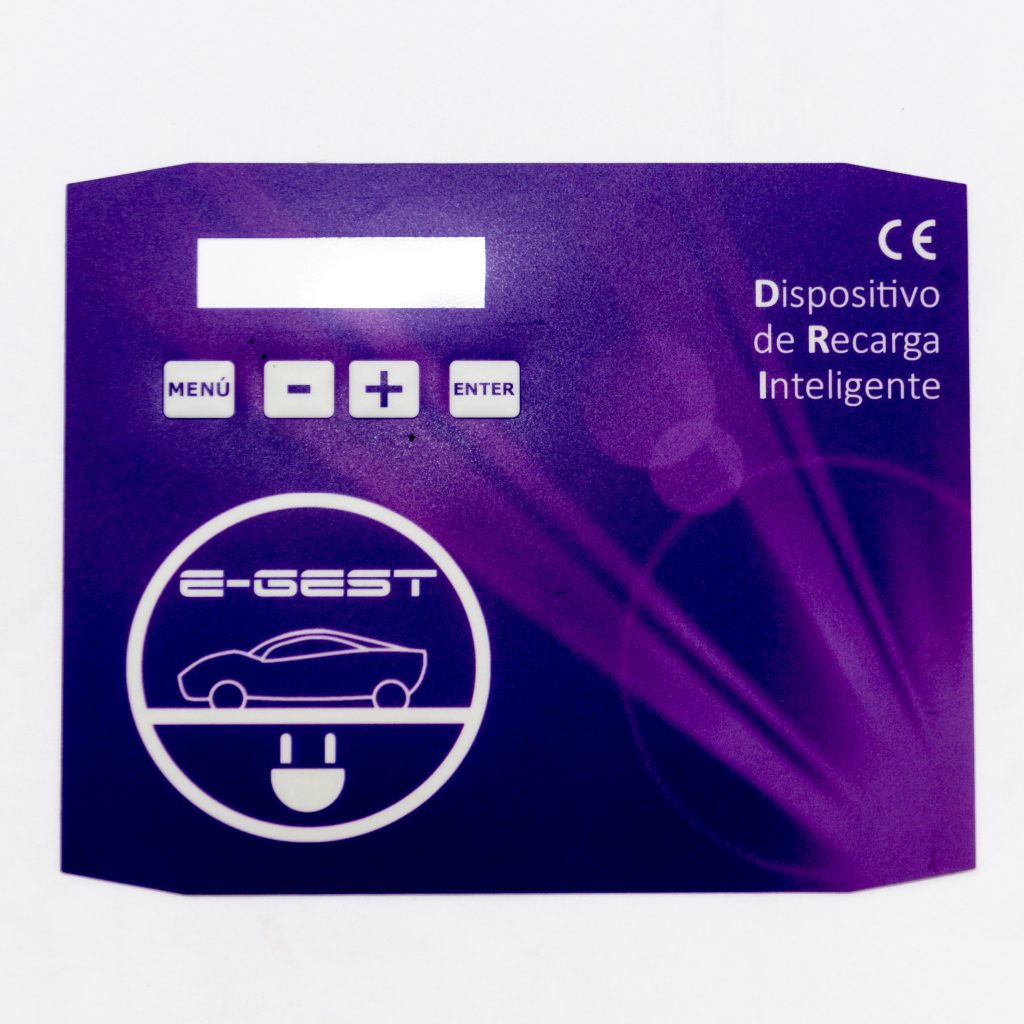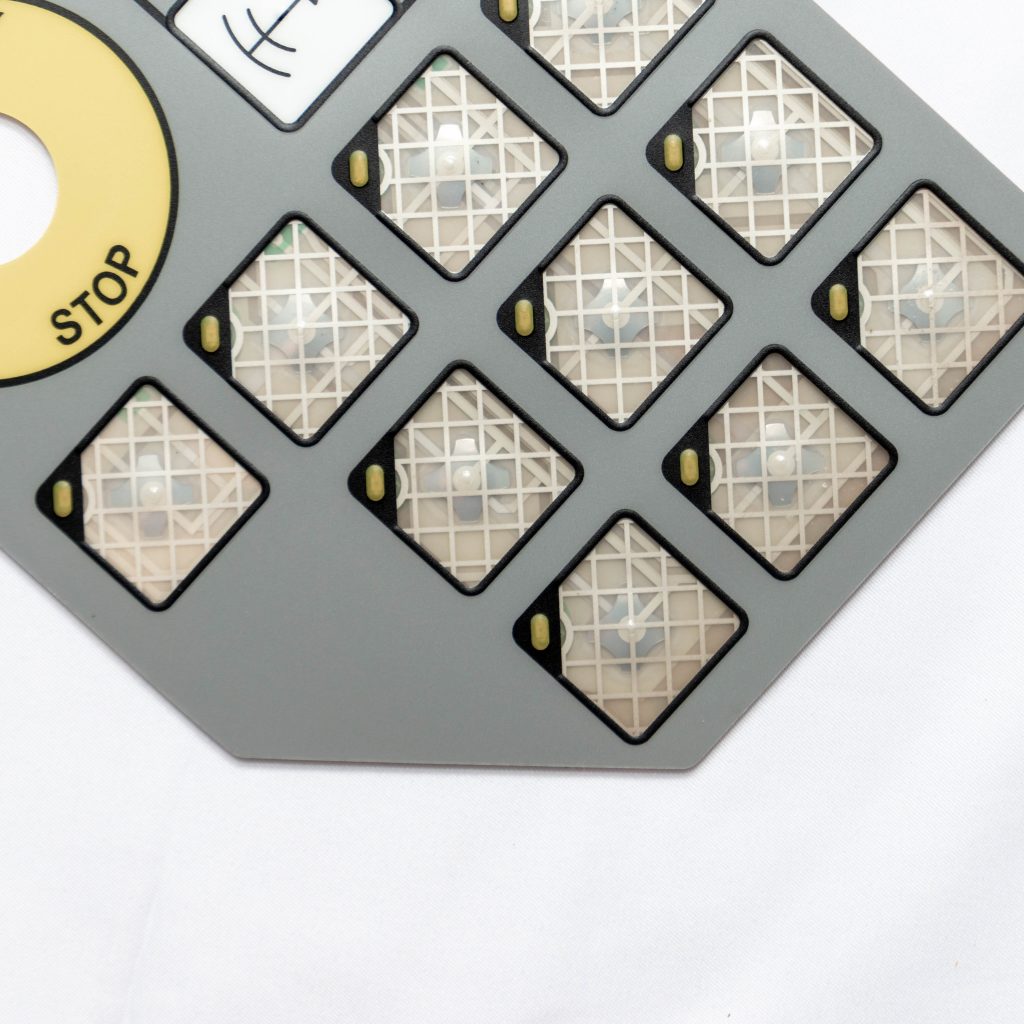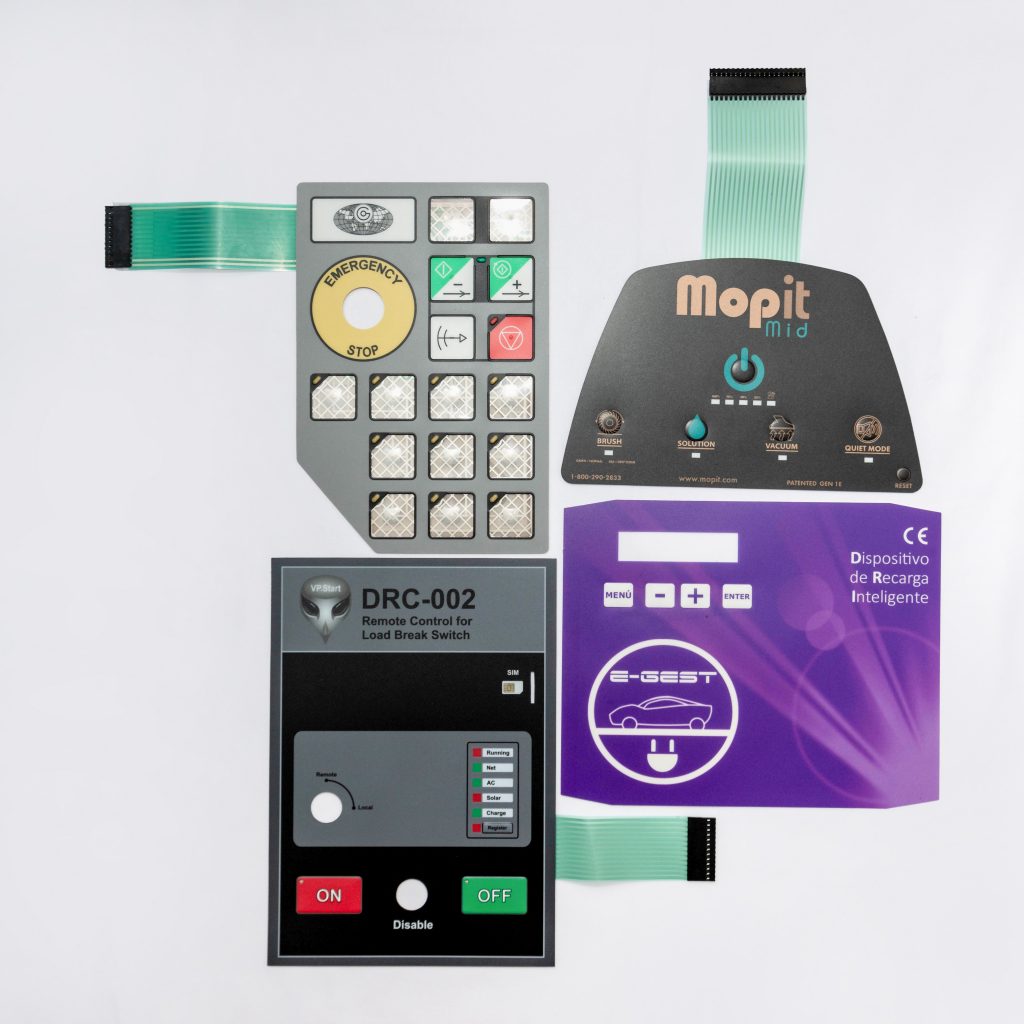Introduction
When it comes to producing membrane panel switches, two popular printing methods are UV printing and screen printing. Both techniques have their own advantages and unique characteristics that cater to different needs and requirements. In this article, we will delve into the differences between UV printing and screen printing in membrane panel switch production. We will explore their processes, quality, durability, cost-effectiveness, and more. So, let’s dive in and discover which method suits your membrane panel switch production needs.
UV Printing: Exploring the Process
UV printing, also known as ultraviolet printing, is a modern printing method that utilizes ultraviolet light to cure or dry the ink instantly. This process involves the use of special UV inks that harden and solidify under the exposure of UV light. Here’s how UV printing works:
- Preparation: The design for the membrane panel switch is created digitally using graphic design software.
- Printing: The design is printed onto a transparent film using UV inks. The ink is applied in layers, and each layer is cured with UV light before applying the next one.
- Curing: After the ink is applied, the printed film is exposed to UV light, which instantly dries and hardens the ink, resulting in vibrant and durable colors.
- Lamination: Once the ink is cured, a protective layer of clear film is applied over the printed design to enhance its durability and resistance to scratches and fading.
Screen Printing: Understanding the Process
Screen printing, also known as silk screen printing, is a traditional printing technique that involves transferring ink through a mesh screen onto the desired surface. Here’s a step-by-step breakdown of the screen printing process for membrane panel switch production:
- Design Preparation: The design for the membrane panel switch is created digitally or by hand and transferred onto a transparent film or stencil.
- Mesh Screen Preparation: A fine mesh screen, usually made of polyester or nylon, is prepared by stretching it tightly onto a frame. The screen is then coated with a light-sensitive emulsion.
- Exposure and Developing: The prepared screen is exposed to UV light with the stencil placed on top of it. The areas covered by the design block the light, while the rest of the screen is exposed. After exposure, the screen is washed, and the unexposed emulsion is removed, leaving behind the stencil pattern on the screen.
- Ink Application: The screen is placed on top of the membrane panel switch substrate, and ink is poured onto the screen. A squeegee is used to evenly spread the ink across the screen, forcing it through the mesh and onto the substrate, transferring the design.
- Curing and Drying: The printed substrate is then dried, usually by air drying or using a heat source, to cure the ink and ensure its adhesion to the surface.
Quality and Durability Comparison
When it comes to quality and durability, both UV printing and screen printing have their own merits. Let’s explore how they differ:
- UV Printing: UV printing offers exceptional print quality with sharp details and vibrant colors. The instant curing process ensures precise ink placement and prevents ink bleeding or smudging. UV prints are highly resistant to scratching, fading, and chemical exposure, making them ideal for applications that require long-lasting durability.
- Screen Printing: Screen printing produces solid and opaque colors with excellent coverage. The ink used in screen printing is typically thicker, resulting in a slightly raised texture on the printed surface. While screen printing offers good durability, the ink may fade or scratch over time, especially with frequent use or exposure to harsh environments.
Cost-Effectiveness: UV Printing vs. Screen Printing
Cost-effectiveness is a crucial factor to consider when choosing a printing method for membrane panel switch production. Here’s a breakdown of the cost aspects of UV printing and screen printing:
- Setup Costs: UV printing requires specialized equipment and UV curing systems, which can be initially more expensive to set up compared to screen printing. Screen printing, on the other hand, requires screens, frames, and emulsion, which are relatively less expensive.
- Material Costs: UV inks used in UV printing can be more expensive than traditional screen printing inks. Additionally, UV printing often requires lamination for added protection, which incurs an additional cost. Screen printing inks are generally less costly, but the overall material cost depends on the quantity and complexity of the design.
- Production Volume: For large production volumes, screen printing tends to be more cost-effective due to its ability to print multiple copies simultaneously. UV printing is more suitable for smaller print runs or designs that require customization, as it offers quicker setup and changeover times.
- Design Complexity: UV printing allows for intricate and detailed designs without additional setup or cost. Screen printing may require more setup time and cost for complex designs with multiple colors or gradients.
Considering these cost factors, it is essential to assess the specific requirements of your membrane panel switch production to determine the most cost-effective printing method.
FAQs (Frequently Asked Questions)
- Q: Which printing method offers better color reproduction for membrane panel switches?
- A: UV printing generally provides better color reproduction with vibrant and accurate colors due to its advanced digital printing capabilities and instant curing process.
- Q: Can screen printing achieve a raised or embossed effect on the membrane panel switch?
- A: Yes, screen printing can create a raised effect by using a thicker ink layer. This can add tactile feedback and enhance the user experience.
- Q: Is UV printing suitable for outdoor applications?
- A: Yes, UV printing is highly suitable for outdoor applications due to its excellent resistance to fading, scratching, and weather conditions.
- Q: Which printing method is more eco-friendly?
- A: UV printing is often considered more eco-friendly as it does not emit volatile organic compounds (VOCs) during the curing process. Screen printing may involve the use of solvents and chemicals that can be harmful to the environment if not managed properly.
- Q: Can UV printing be used on various materials other than membrane panel switches?
- A: Yes, UV printing is versatile and can be used on a wide range of materials, including plastics, metals, glass, and more.
- Q: Which printing method offers faster turnaround times?
- A: UV printing typically offers faster turnaround times as the curing process is instant, eliminating the need for additional drying or curing time.
Conclusion:
When it comes to membrane panel switch production, both UV printing and screen printing have their own strengths and characteristics. UV printing excels in color vibrancy, durability, and versatility for small print runs or intricate designs. Screen printing offers solid colors, cost-effectiveness for large volumes, and the ability to create raised effects. Assessing your specific needs, budget, and desired outcomes will help you make an informed decision between these two printing methods. Whether you choose UV printing or screen printing, both techniques offer viable options for producing high-quality membrane panel switches tailored to your requirements.


